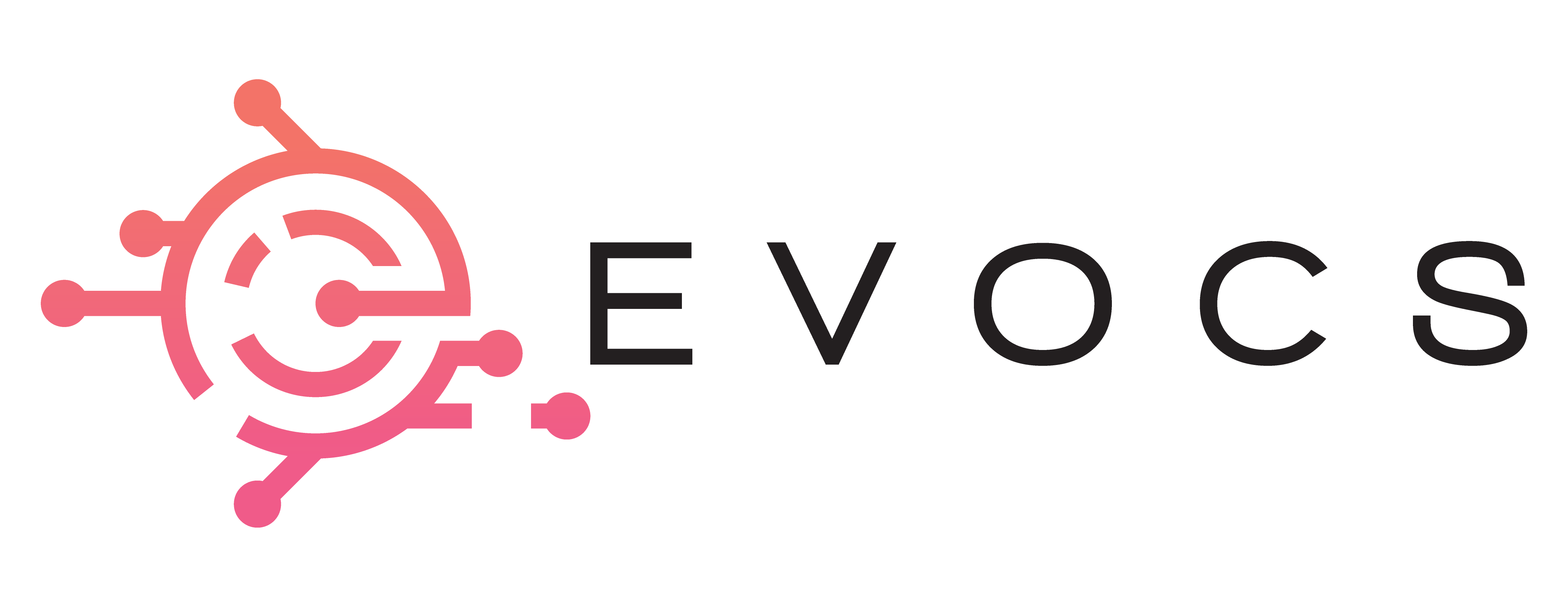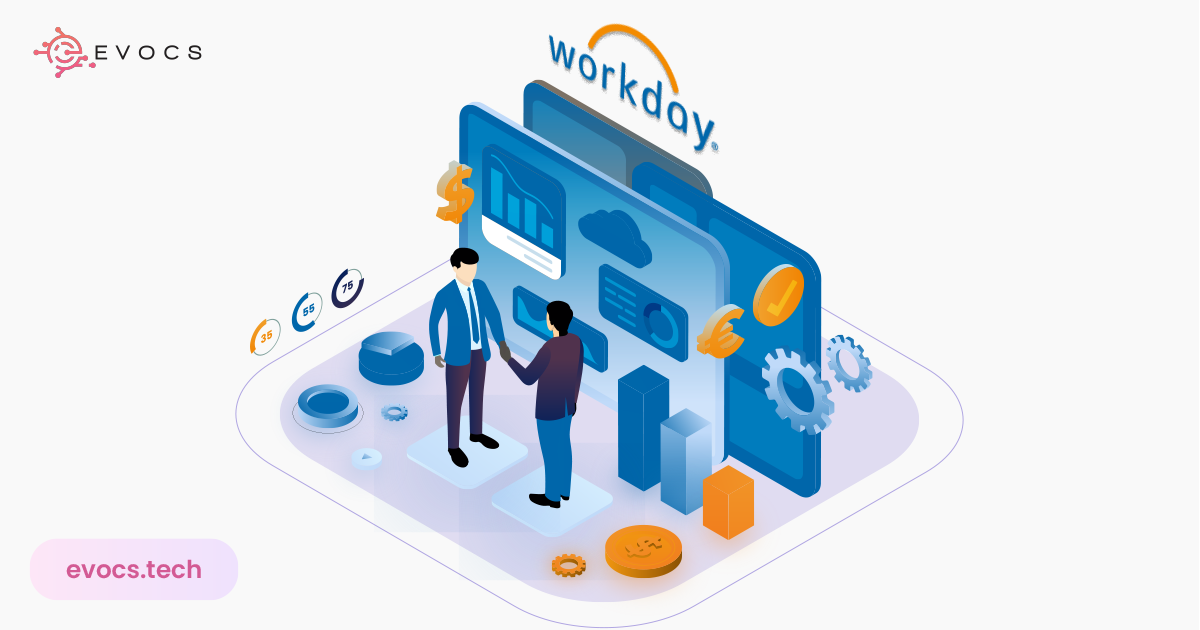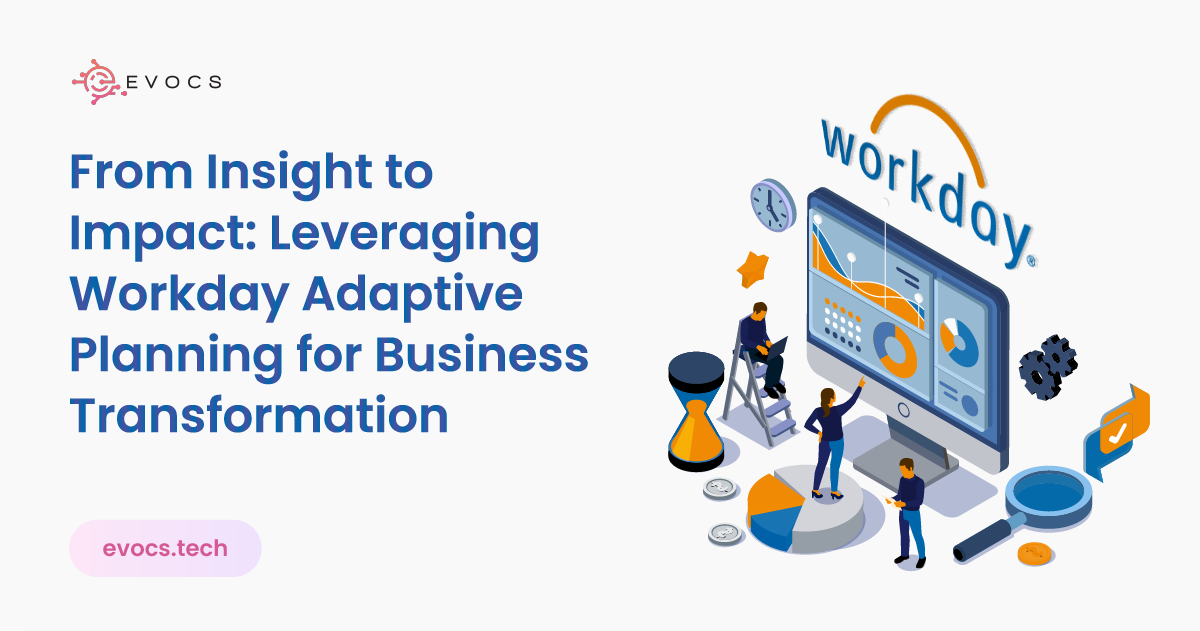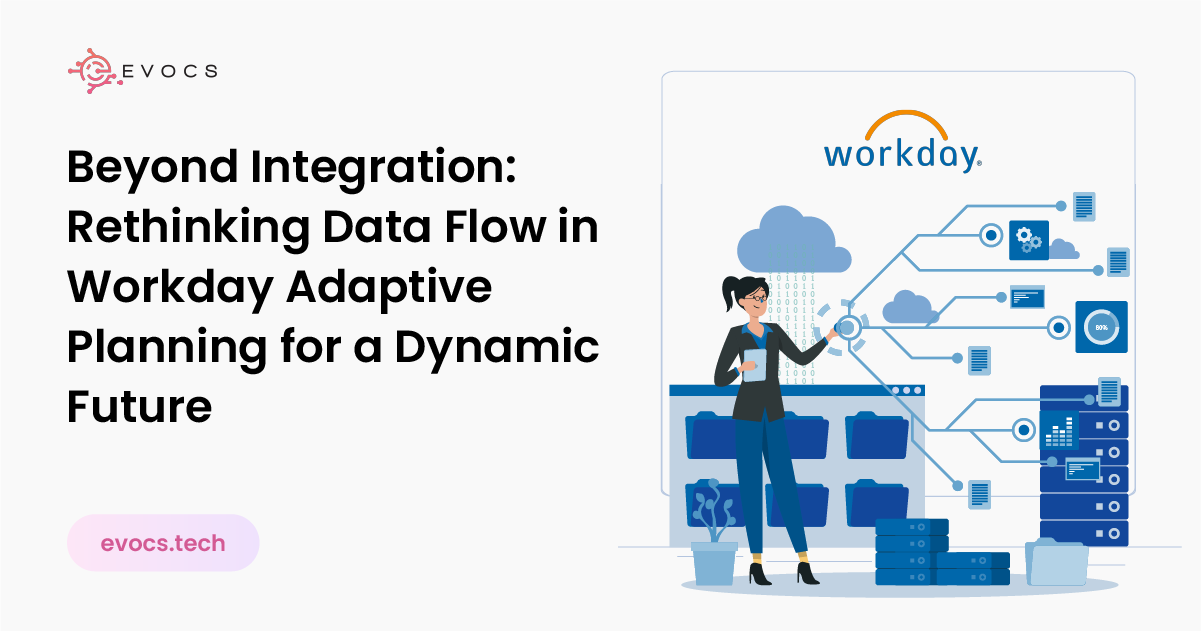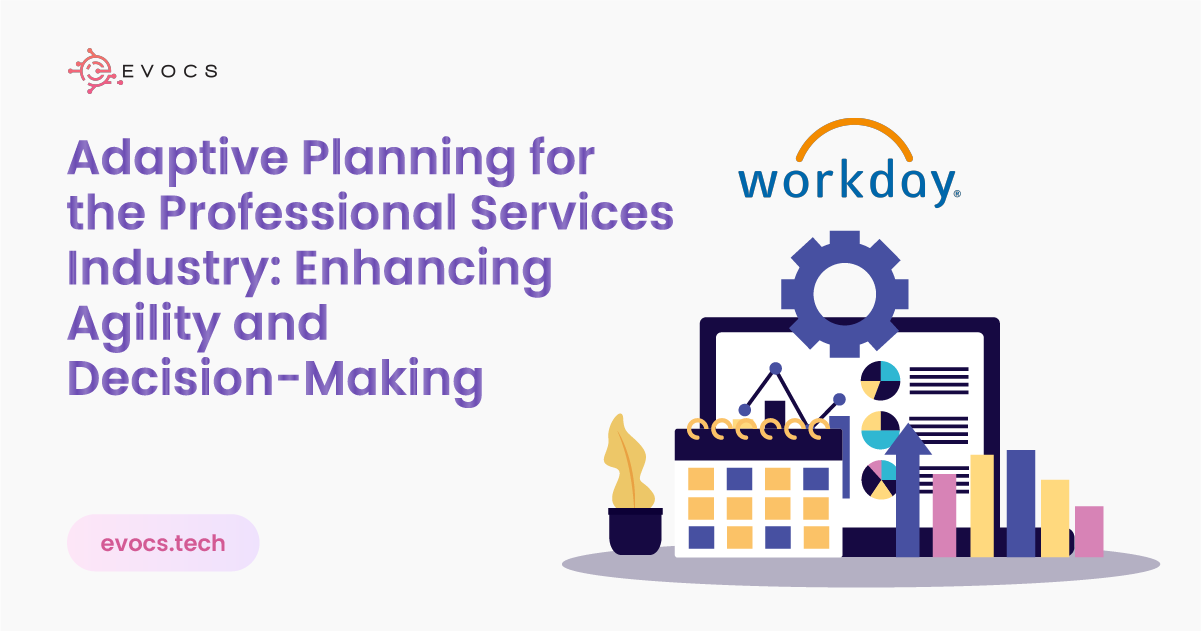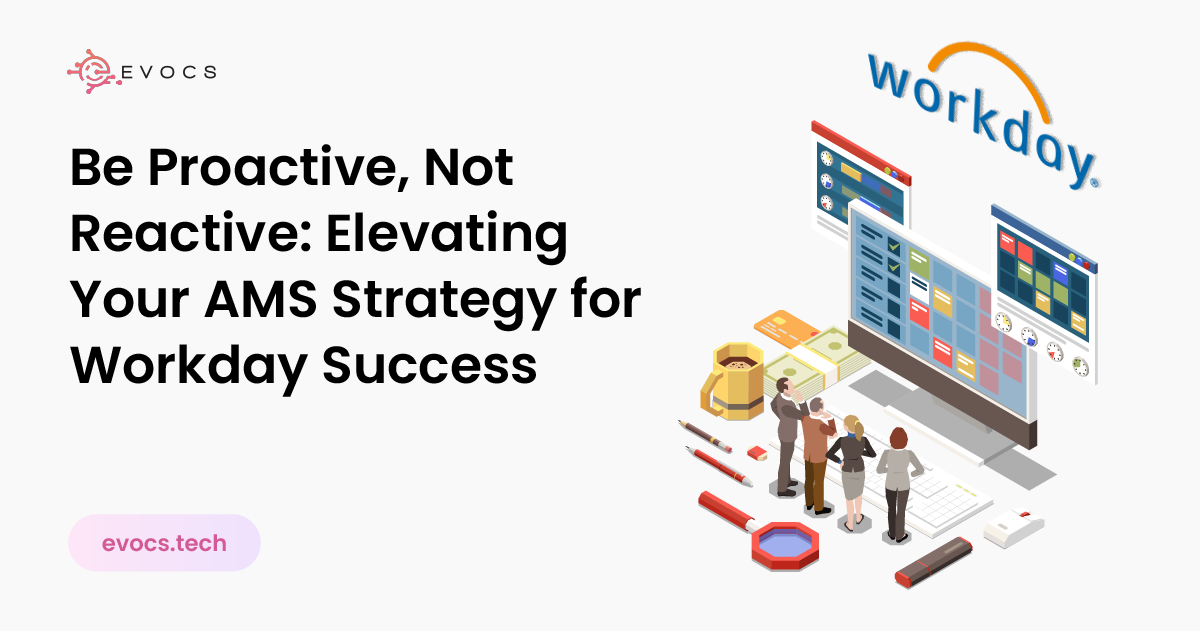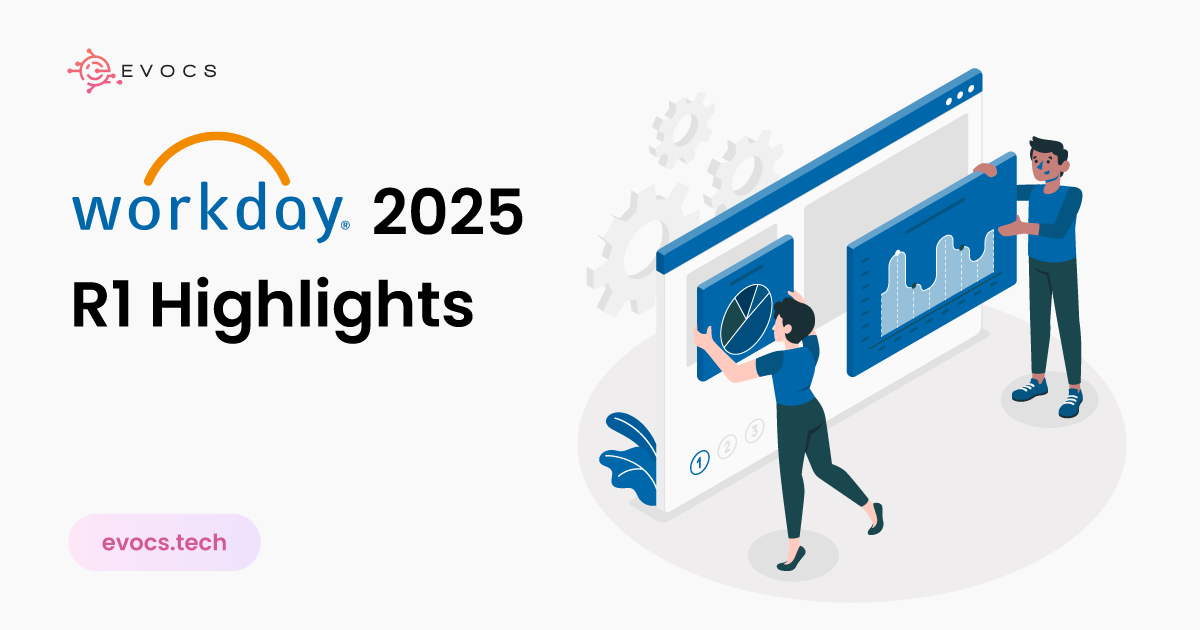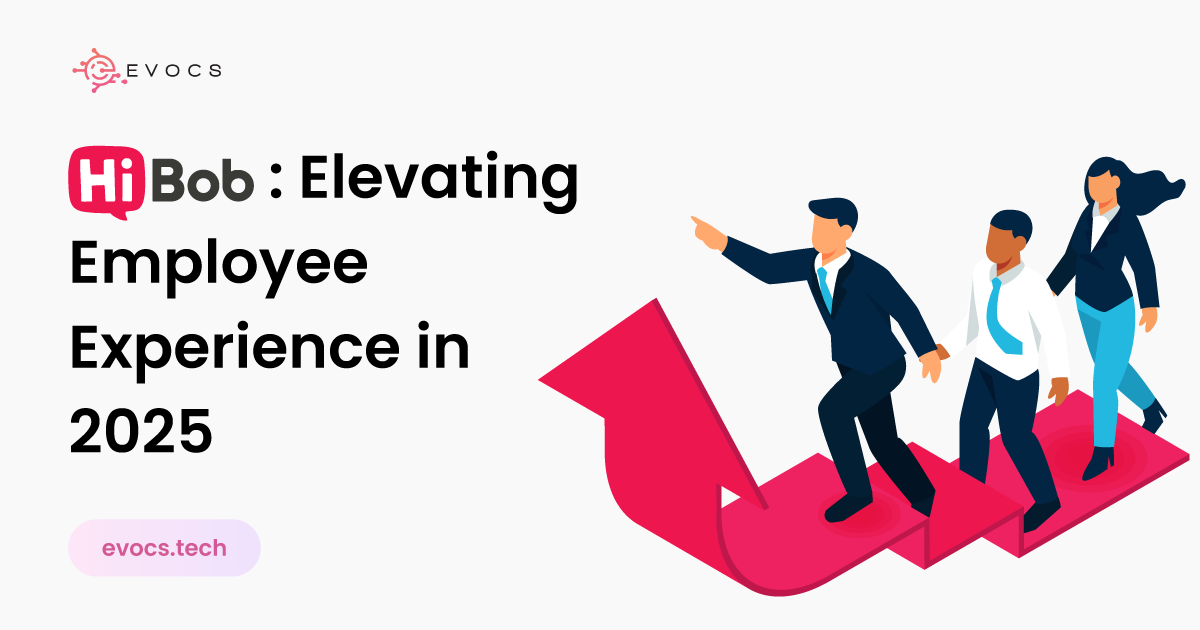Intelligent Planning at Scale — How EVOCS Enables Workday Adaptive Planning + Generative AI for Agile Enterprise Finance
In the current complex business world, tardiness in responding to change means the loss of millions. Businesses are subjected to fluctuations such as interest rate fluctuations, labor availability, shortages and unpredictability of the supply chain, and new rules and regulations. This is insufficient information that’ll help finance leaders level up in an age that requires more than just history and numbers. The solution that they need is Intelligent Planning that is built on Workday Adaptive Planning with Generative AI. As Workday’s implementation partner, Evocs assists clients in making smarter planning possible and repositioning FP&A from cost-control watchdogs to future-oriented strategic enablers. From Static Forecasts to Continuous Intelligence Workday Adaptive Planning in a nutshell can be best described as a work management application for overseeing the processes in a company associated with budgeting, forecasting, and scenario planning. When combined with its integration with Workday’s AI and nLinguistics tools, and when offered by Evocs, it becomes a real-time forecasting machine that detects anomalies and forecast variances. Some recommendations to enhance viability on the financial aspect are as follows: Supports scenario planning as far as 24 time intervals in the future. Encourages users to pose questions such as: “What would happen if the revenue decreases by 10% in EMEA?” where the user would immediately get answers based on the selected or types of scenario. Integrating Generative AI and Planning means that the business leaders may stop speculating and start experimenting with vigor and accuracy instead. Use Case: A Leading U.S. Bank Adopts Rolling Forecasting with AI A large bank signed up for a sweeping financial overhaul after a number of years of clunky, non-integrated Excel files. The institution was covering different business segments – retail banking, commercial and wealth management – and planning was not done systematically across all of them. With Adaptive Planning and AI, the bank: Implemented driver-based models for the prediction of originating loans and loans volumes, interest margin, deposits, and fees income. Implemented the use of rolling forecasts to over 40 departments. With the creation of the board reporting, used generative AI to generate variance commentary. Moved from the previous quarterly forecasts to ticketing updates every month. These are tangible ones: The outcomes are an enhancement of the forecast accuracy to more than 30%; the cycle time was reduced by half; strategic discussions with live data have been raised. Adaptive + AI: Industry Applications Health Care Predict patient content with skills on more precise inputs through artificial intelligence. Predict changes in the number of doctors. Analyze the impact of changes in physician reimbursement. Tools & Applications Predict client turnover by the population. Run various tests based on hiring plans to change ARR. Use artificial intelligence in real time to evaluate CAC / LTV. Sales and Operations Enable the executive to predict fluctuations in sales across the upcoming seasons. Simulate the impact of different promotions on a store’s comparable sales. Help determine price sensitivity in different locations. Production Planning Forecast production for the manufacturing plants. Simulate costs of various materials. Evaluate supply chain disruptions in real time. Why EVOCS? Evocs comes with best-practice in the respective industries, scenarios, and AI feasibility check to all deployments. It is not just about providing the software for the team—it is about preparing everyone to apply AI and forecasting at every turn. Whether making improved AI-empowered dashboards, mirroring planning toward operation-level activity, or planning for future ERP implementation, Evocs puts together a flexible planning structure.
